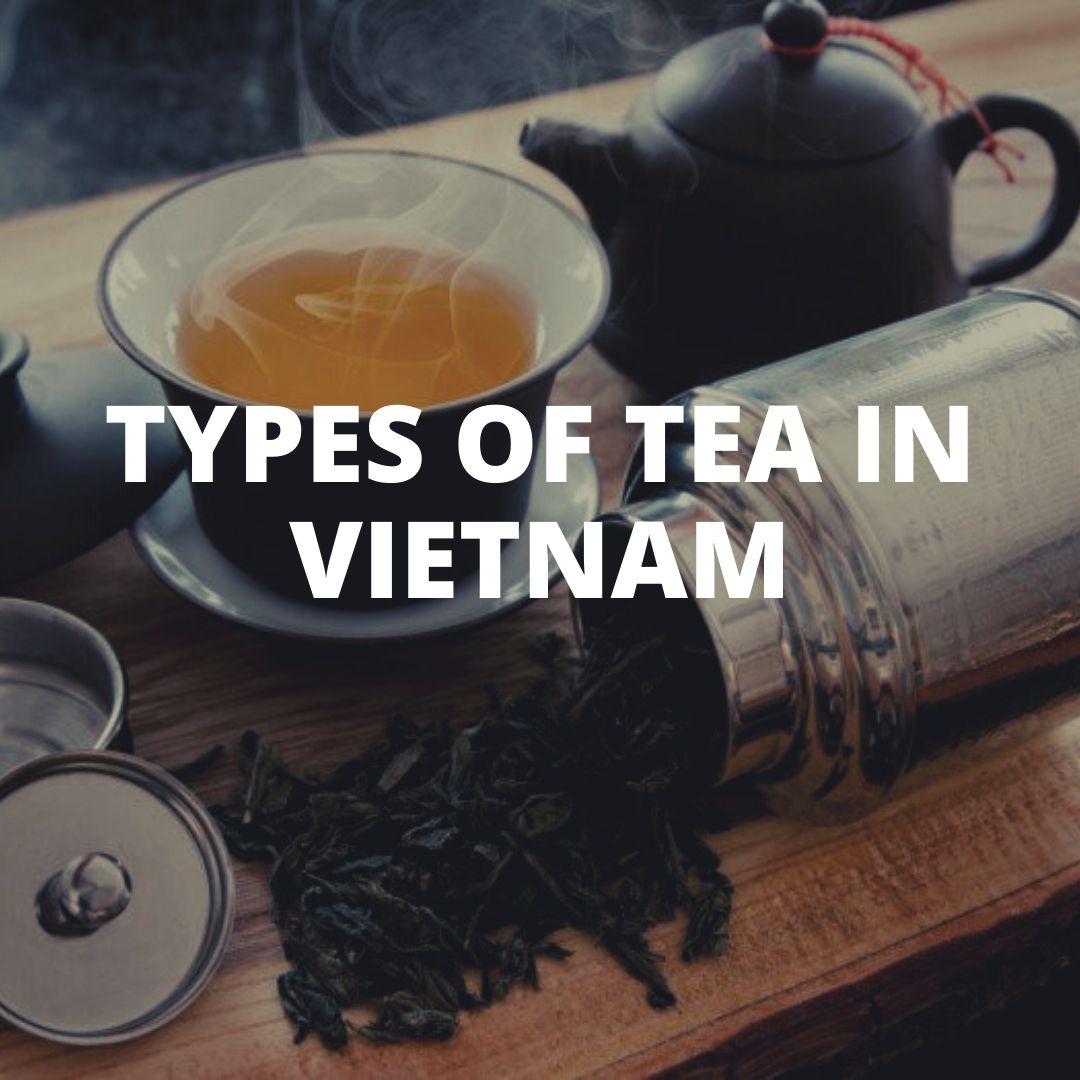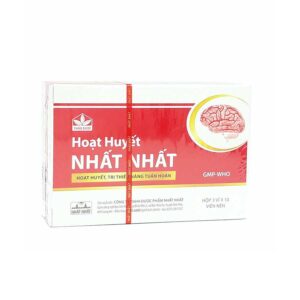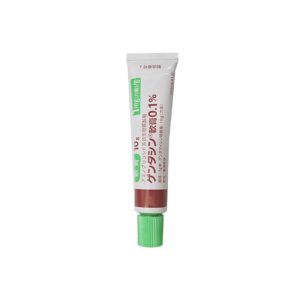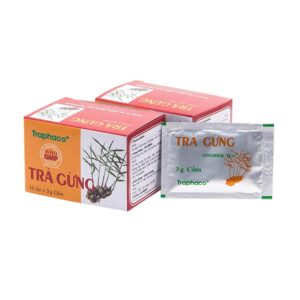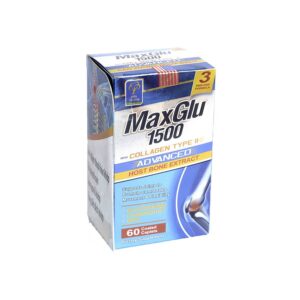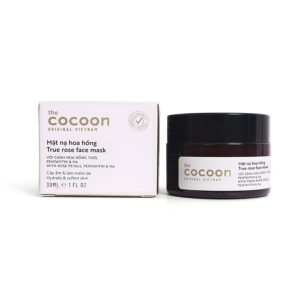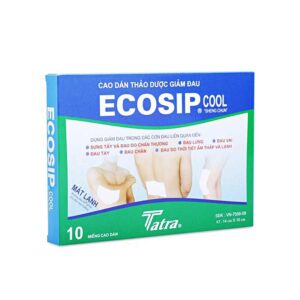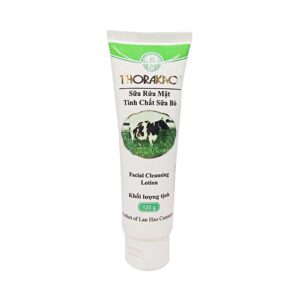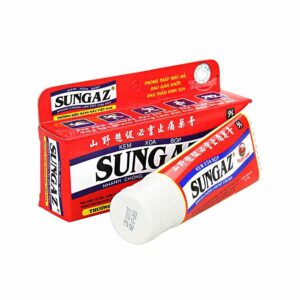Understanding the different types of tea is the first step you should take to start exploring this richly flavored world.
Previously, most teas in Vietnam were green tea. Honestly we don’t have many types of tea, so people often only know tea by specific names, such as Thai Nguyen tea, Sen tea, Lai tea, O Long tea… Recently, however, Vietnam has added many new types. Many people have misunderstood when evaluating or comparing these teas because they do not understand that they belong to different categories. So I’m going to show you how to categorize them so that you will be ready to explore the diverse flavors of the tea world.

Oxidation level and classification of tea.
There are thousands of teas in the world, but all are made from a single plant – the tea tree (Cemellia sinensis). Finished teas differ by the shape and chemical composition of the leaves after processing.
Tea processing consists of 5 basic steps:
- Harvesting: involves picking buds, leaves and basic processing.
- Wilting: wilt and soften tea leaves.
- Crumpling: crush the cells and shape the leaves when finished
- Oxidation: This issue I will talk more clearly below.
- Drying: shaping and drying.
Not all teas go through all of these stages. Some teas may skip a few steps or repeat the same step over and over.
The most important of the five steps is the oxidation process. This is the measure to classify teas. Oxidation is the process by which enzymes in the tea leaves interact with oxygen in the air when the tea leaf cells are broken down. One can act to make this process faster like cutting, crushing, rolling… tea leaves or slowing down through natural decomposition.
I have to talk carefully about the oxidation step because it is the process that changes the chemical composition of the tea leaves. The flavor of the tea is shaped by this process. Based on the level of oxidation, tea is divided into 3 main types of tea: green tea (non-oxidized), black tea (fully oxidized) and oolong tea (partially oxidized).
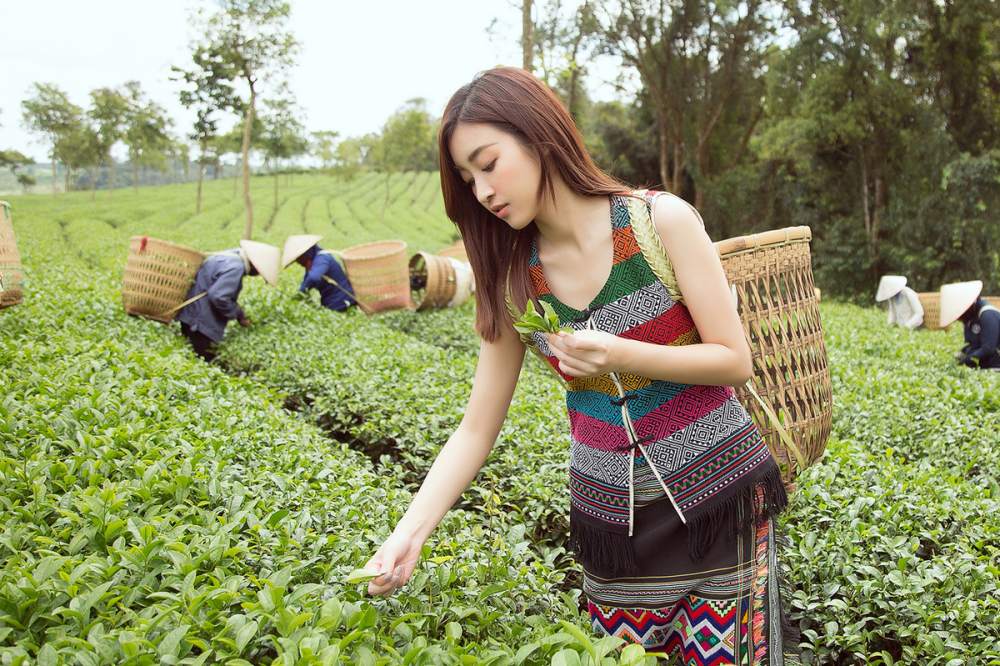
Types of tea in Vietnam:
1. Green tea

Most teas in Vietnam belong to the green tea group, especially Thai Nguyen green tea, Ha Giang snow tea, ancient tea …
Green tea is made in 4 steps: picking buds, wilting, crumbling and drying. To prevent tea from oxidizing, as soon as the tea buds are picked, wilting is carried out very quickly, and oxidation is stopped by stir-frying or steaming immediately. The high temperature stops the enzymes in the tea leaves.
Green tea fibers are shaped by rubbing on hands, pressing on a pan, crumbling or rolling, creating many different shapes. Green tea usually has green or yellow tea water, has a burnt odor (fried tea) or the smell of young rice (steamed tea), and is acrid.
Some types of green tea flavored with flowers are very popular in the South such as jasmine tea, lotus tea, wolf tea, pandan tea (named after the plant / type of flower that is marinated in the tea).
2. Oolong Tea
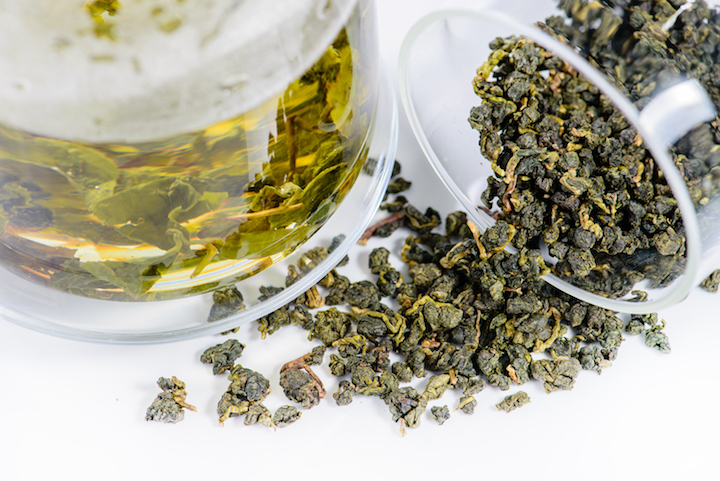
O Long Cao Son is the only popular oolong tea in Vietnam, so people often misunderstand O Long as a type of tea. It is actually a tea group (like green tea group, black tea group…) consisting of any tea that is partially oxidized from 8% to 80%. Oxidation is reflected in the color of tea water from amber yellow to reddish brown.
Oolong is the tea that takes the most time to process. It uses all five basic steps I mentioned above, in which the step and oxidation are repeated many times. After each crumpling, the tea leaves were rested to oxidize, then crumpled, rested, repeated many times over many hours (a few days).
This process helps the tea get rich aroma and flavor layers. This flavor is much more complex than that of green tea. The acrid taste is very soft and silky, rich in flavors of flowers or fruit. Because of the richness in flavor but very smoothness of oolong tea, it becomes the most suitable tea for new tea drinkers.
In addition to O Long Tea (Cao Son), which is very popular, you can also find some other Oolong teas in Vietnam, namely Thiet Quan Am or Dai Hong Bao, Dong Phuong My Nhan …
Ginseng O Long Tea is a type of oolong tea that is enriched with medicinal properties and flavor by mixing with a mixture of other herbs such as ginseng, licorice, herb flower…
3. Black Tea (Fully Oxidized)

Black tea also uses all 5 basic steps of tea making, but tea is allowed to oxidize completely. The steps are performed one after another and without repeating any one step. They are processed within 1 day. Tea water is usually light brown to dark red. Black teas have the strongest flavors, some are very acrid.
In Vietnam, not many people have ever heard of black tea, because in Vietnam there is almost no high-end loose black tea like green tea or oolong tea you often see. But surely you’ve ever sipped a cup of Lipton filter bag or enjoyed tea in a glass of milk tea, which is black tea. Black tea is very popular in Europe and India, often used in the form of filter bags or mixed with milk.
4. Other teas

– Fresh Tea
Fresh tea is the oldest tea-making method still circulating in Vietnam, completely unprocessed, simply picking fresh leaves and drinking. Since there is no processing process, fresh tea has little taste, acrid taste, and dryness, often just for refreshment.
– Matcha green tea powder

Japanese special powdered tea, used in tea ceremonies, but around the world is known as the ingredients for baking and preparation. Green tea powder made from tea buds is shaded before picking, vacuum-dried and ground into fine powder.
– White Tea

White tea is almost unprocessed. Simply picking and drying natural tea buds in the sun, that’s really it. If the weather is not favorable, they can also be dried, but the temperature is very low. Therefore, the white tea leaves are not curled up like usual teas, but have a natural shape, only slightly curled because of dryness.
Although white tea can take a few days to dry, since the cells in the leaves don’t break down, oxidation takes place very slowly. White tea, when brewed, usually has a very light green or yellow water, and the “subtle” flavor and taste, the lightest of all teas.
This tea is not popular in Vietnam.
– Pu’er Tea

Pu’er Tea is a completely different art of making tea. At first it was also made as green tea, but before the tea dries, it is pressed into cubes of different shapes for storage before use. Pu’er is a fermented tea (a slightly different process from oxidation). Depending on the type of Prussian (died or alive), this “aging” process takes place in a few months or a few years (even decades).
It is conceived that Pu’er tea has been kept for a long time, the better it is. During the storage process, Pu’er tea is still “alive” like Western wine. Pho Nhi Tea is appreciated by the red light water, the aroma of earth, the smell of wood, the smell of rotten, and the smooth taste.

